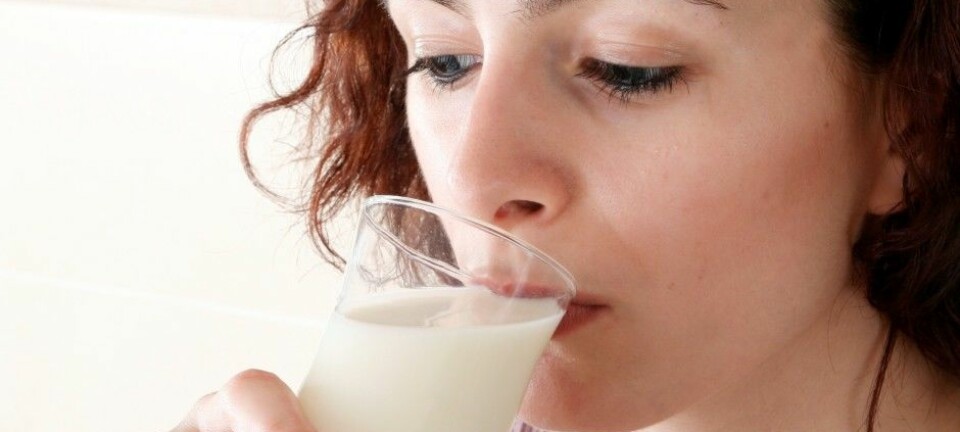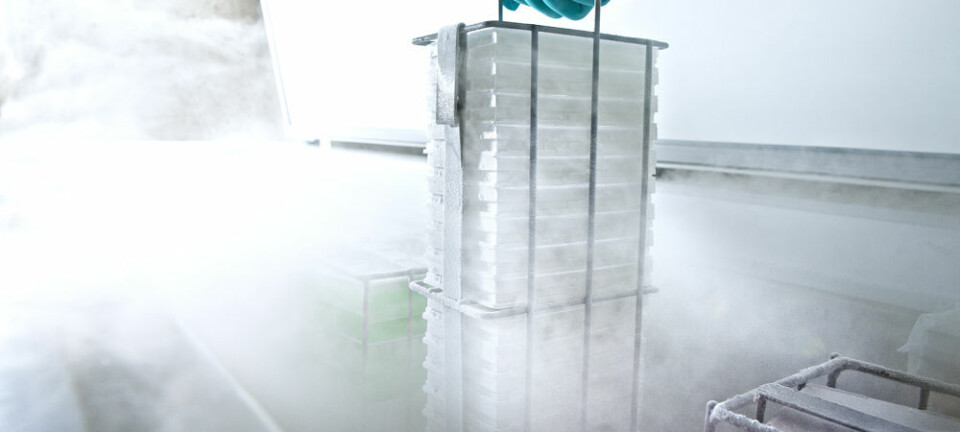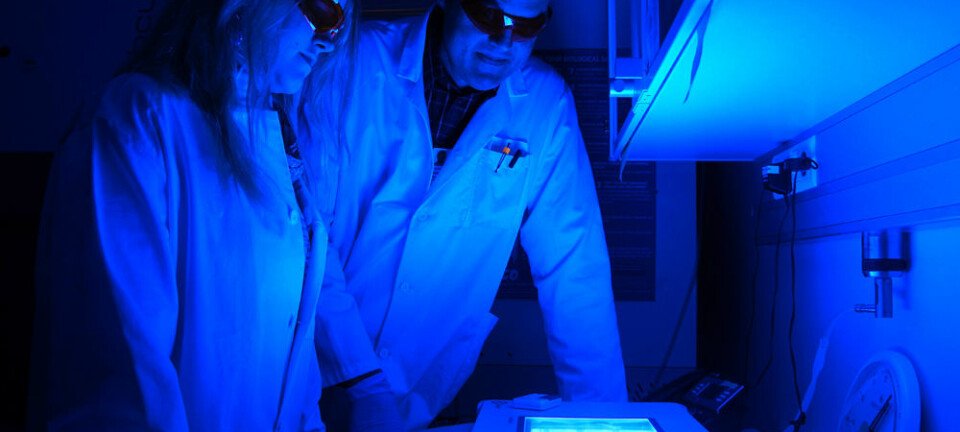This article was produced and financed by The Norwegian School of Sport Sciences
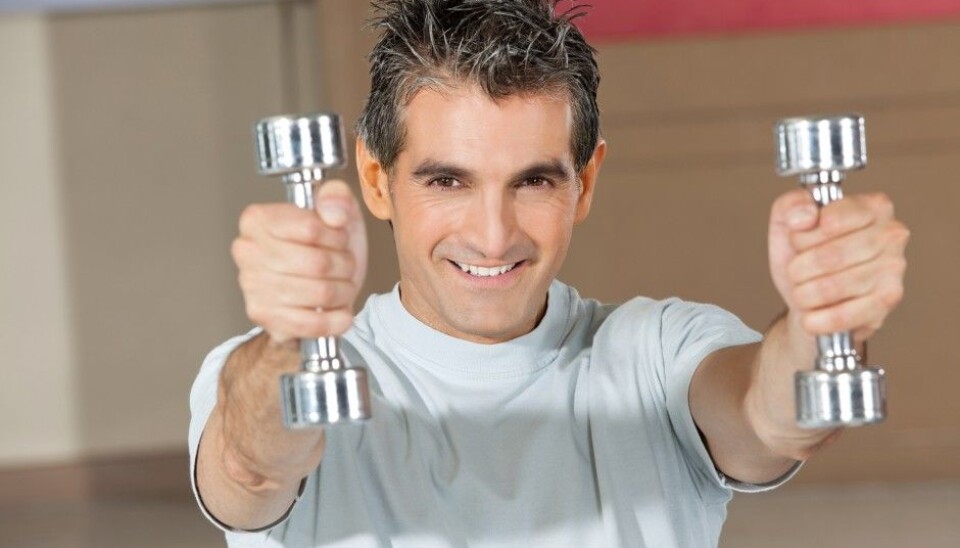
Resistance training works well for prostate cancer patients
Men with prostate cancer should be exercising, a new study shows - to combat muscular atrophy and to prevent cardiovascular diseases.
Denne artikkelen er over ti år gammel og kan inneholde utdatert informasjon.
Prostate cancer is the most common cancer in men and many patients undergo both radiation treatment and hormone therapy. A common side effect of hormone therapy is muscular atrophy and this study found resistance training to be an effective countermeasure.
“The study found resistance training to be effective but for many patients building muscle will take longer than usual,” says doctoral research fellow Tormod Skogstad Nilsen at the Norwegian School of Sports Sciences.
“Most patients benefited from resistance training but we registered larger differences than we usually see in healthy males within the same age group,” he adds.
An effective treatment - but it has its side effects
The combination of radiation treatment and hormone therapy, also known as androgen deprivation therapy (ADT), has been proven effective against cancer. ADT works by inhibiting testosterone production. Seeing that testosterone is involved in multiple bodily processes, many patients suffer from treatment side effects. Testosterone functions as a caretaker in the muscles. The absence of testosterone accelerates aging and the natural deterioration of the body. Common issues associated with hormone therapy include muscular atrophy and reduced muscle function.
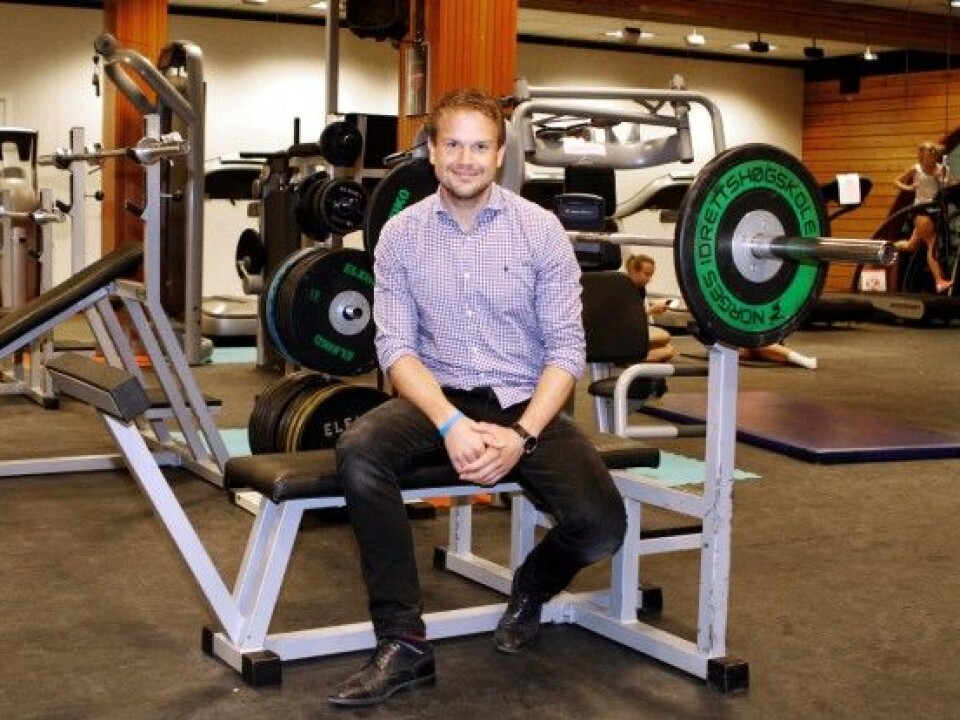
Loss of bone mass is another known side effect. In addition, many patients gain weight, feel tired and experience lack of energy and drive.
Studies have demonstrated that resistance training may reduce a number of these side effects but few studies have been conducted so far.
The aim of the study was to examine what effect 16 weeks of resistance training would have on prostate cancer patients undergoing hormone therapy. Changes in muscle mass were registered by measuring fat free body mass and collecting muscle tissue samples from a selection of the patients.
Nilsen wanted to study the effects of resistance training on body fat percentage, bone mineral density, muscle strength and performance in different functional tests mimicking everyday situations; such as running up a flight of stairs or getting up from a chair.
Exercising three times per week
The study involved 58 men suffering from prostate cancer. Half of them undertook a resistance training program consisting of five leg exercises and four upper-body exercises.
The patients worked out three times per week and continuously increased training volume. Muscle and fat measurements were taken in the same manner prior to and after the training period.
Increased muscle mass in their legs and arms
“Our study utilized a higher training volume than previous studies. The subjects in the training group gained a significant amount of muscle mass in their legs and arms. But in spite of the higher training volume, the study did not show an increased benefit compared to previous findings,” says Nilsen.
“In addition, the study did not find an increase in muscle mass in the truncus (torso) among the prostate cancer patients. This finding was surprising, and the results are different from what we find in healthy seniors undertaking resistance training,” says Nilsen.
Shoulder and pectoral muscles are more sensitive to testosterone compared to other muscle groups. This might have an effect on prostate cancer patients undertaking resistance training while receiving hormone therapy.
“Interestingly, the patients in our study gained one-third as much muscle mass compared to what a group of healthy male seniors recorded in an earlier resistance training study conducted at the Norwegian School of Sports Sciences,” says Nilsen.
Large individual differences
On an individual level, the results varied widely. Some patients responded well to the exercises and increased their muscle mass by more than three kilos. Others achieved more average results and gained just under two kilos.
However, approximately 10 percent lost more than one kilo of muscle mass in spite of completing 16 weeks of rigorous resistance training.
“We are unable to conclude as to why the results varied so widely. Perhaps some people are more affected by the treatment than others,” says Nilsen.
He did not find resistance training to have an effect on body fat percentage or bone mineral density. However, the subjects in the resistance training group improved more in the strength tests and functional tests compared to the subjects in the control group.
“After studying their muscle cells, we noticed that resistance training did not have the expected effect on the prostate cancer patients. And, the largest deviation was found in the slow twitch muscle fibres,” says Nilsen.
“This suggests that muscular atrophy caused by hormone therapy differs from muscular atrophy caused by aging, where fast twitch muscle fibers are more affected.”
Important information for patients, trainers and medical staff
Nilsen recommends resistance training to prostate cancer patients. However, proper guidance and supervision are a necessity during exercising. He suggests performing resistance training 2-3 times per week using basic exercises involving large muscle groups.
“In this study, we did not find resistance training to have an effect on body fat percentage. Thus, it might be wise to combine resistance training with endurance training.”
“There are several reasons as to why these patients should be exercising. Firstly, to combat muscular atrophy, a part of the natural aging process that may be accelerated by hormone therapy, but also to prevent cardiovascular diseases,” says Nilsen.
-------------------------------------
Read the Norwegian version of this article at forskning.no







